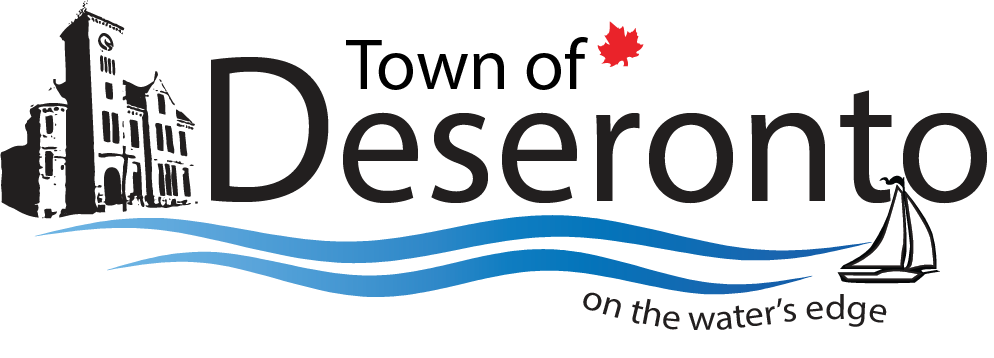On October 3rd, 2022, The MBQ had a signing ceremony for a Partial Settlement Agreement between Canada and the MBQ for a portion of the Culbertson Tract. This partial claim settlement consists of approx. 299.43 acres identified in purple in the map below, commonly known as the Quarry and Kimmett’s farm. Approx. 97 acres of this settlement is farmland located in the northern part of our community on Deseronto (Boundary) Road.
As per Federal policy regarding land settlements between the MBQ and the Canadian government, the Town of Deseronto was not provided details or was part of this process.
We, along with our legal team, are working with our Provincial and Federal representatives to provide more details as to the next steps in this process and will let the Community know as we find out more.
If you have any specific questions, please contact the Town hall at 613-396-2440, and we will do our best to answer them




